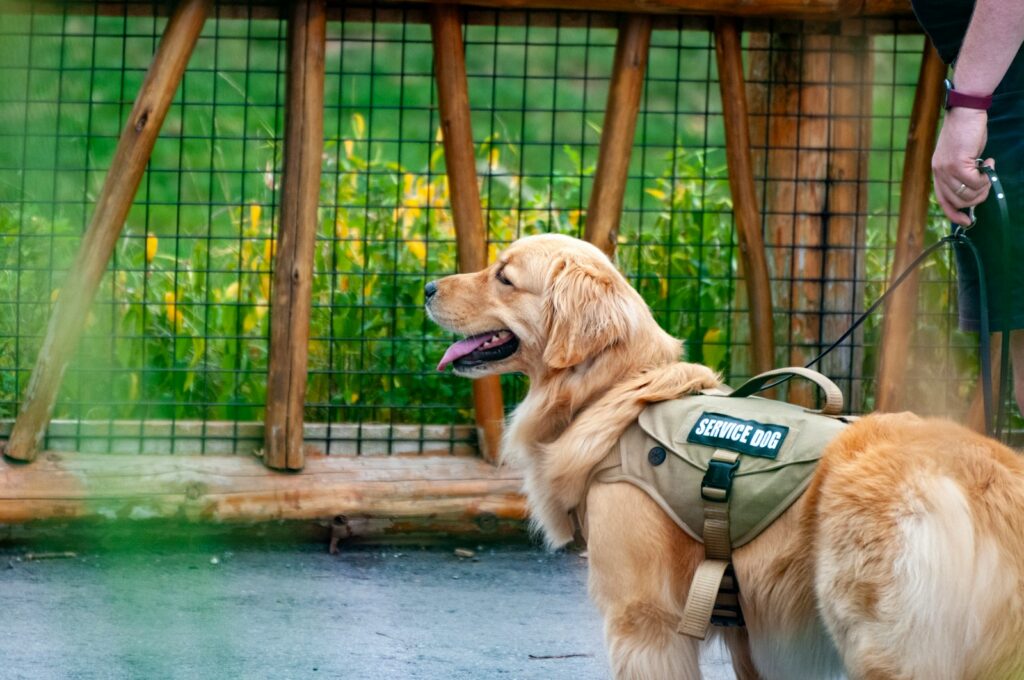
The presence of service animals in public spaces, particularly in environments as formal and controlled as courtrooms, often sparks discussion about accessibility, individual rights, and judicial discretion. Recent events have underscored the varied interpretations and application of regulations concerning these essential companions. While service animals provide critical support for individuals with disabilities, their role within the rigid confines of legal proceedings can present unique challenges, leading to situations that highlight differing judicial perspectives and legal arguments.
This article examines such instances, contrasting a specific incident where a service dog was ordered to be removed from a federal courtroom in Mobile, Alabama, with another where a service dog is a welcomed and integral part of a courthouse in Atlanta, Georgia. By presenting these contrasting scenarios, we aim to provide an objective overview of the complexities involved. The focus remains on factual reporting, adhering to the principles of impartiality and clarity that define journalistic integrity.
The cases discussed herein illustrate the ongoing dialogue about the extent to which accommodations for service animals integrate with the operational needs and traditional protocols of the justice system. It is a critical look at how legal mandates, personal needs, and judicial authority intersect in practice.
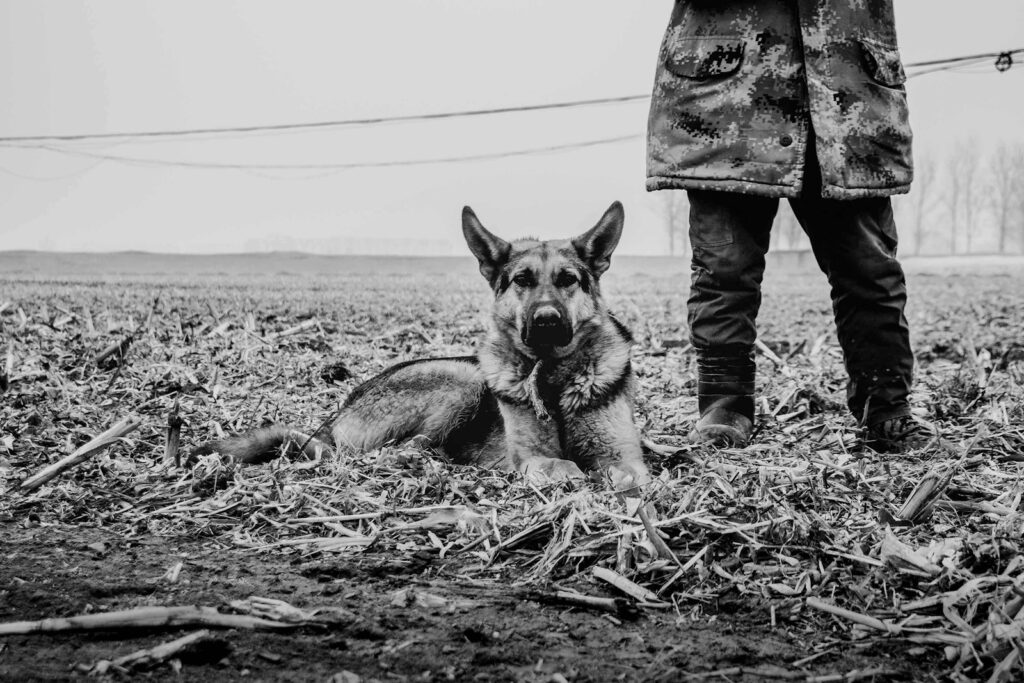
1. **The Incident in Mobile: The Case of Kris Allfrey and Dewey**: A recent event in a federal courtroom in Mobile, Alabama, brought the issue of service animal access into sharp focus. Kris Allfrey, an Army veteran who suffers from post-traumatic stress disorder (PTSD), found himself in a difficult position when his wife’s service dog, Dewey, was ordered to leave the courtroom. Allfrey and his wife, an Ohio couple, were in Mobile to provide testimony in an ongoing legal matter stemming from a previous vacation.
Allfrey, who is also Dewey’s trainer, believed there would be no issue with Dewey accompanying him. He explained that Dewey’s primary tasks include alerting his wife to seizures, alerting both of them or assisting them during PTSD episodes, and helping to calm them during anxiety. This comprehensive set of tasks underscores Dewey’s multifaceted role in providing essential support to both Allfrey and his wife.
Problems reportedly arose when Dewey’s presence came to the attention of U.S. District Court Judge Terry Moorer. The judge’s subsequent decision initiated a notable exchange concerning the dog’s removal from the courtroom, highlighting a direct conflict regarding service animal accommodation in a judicial setting.
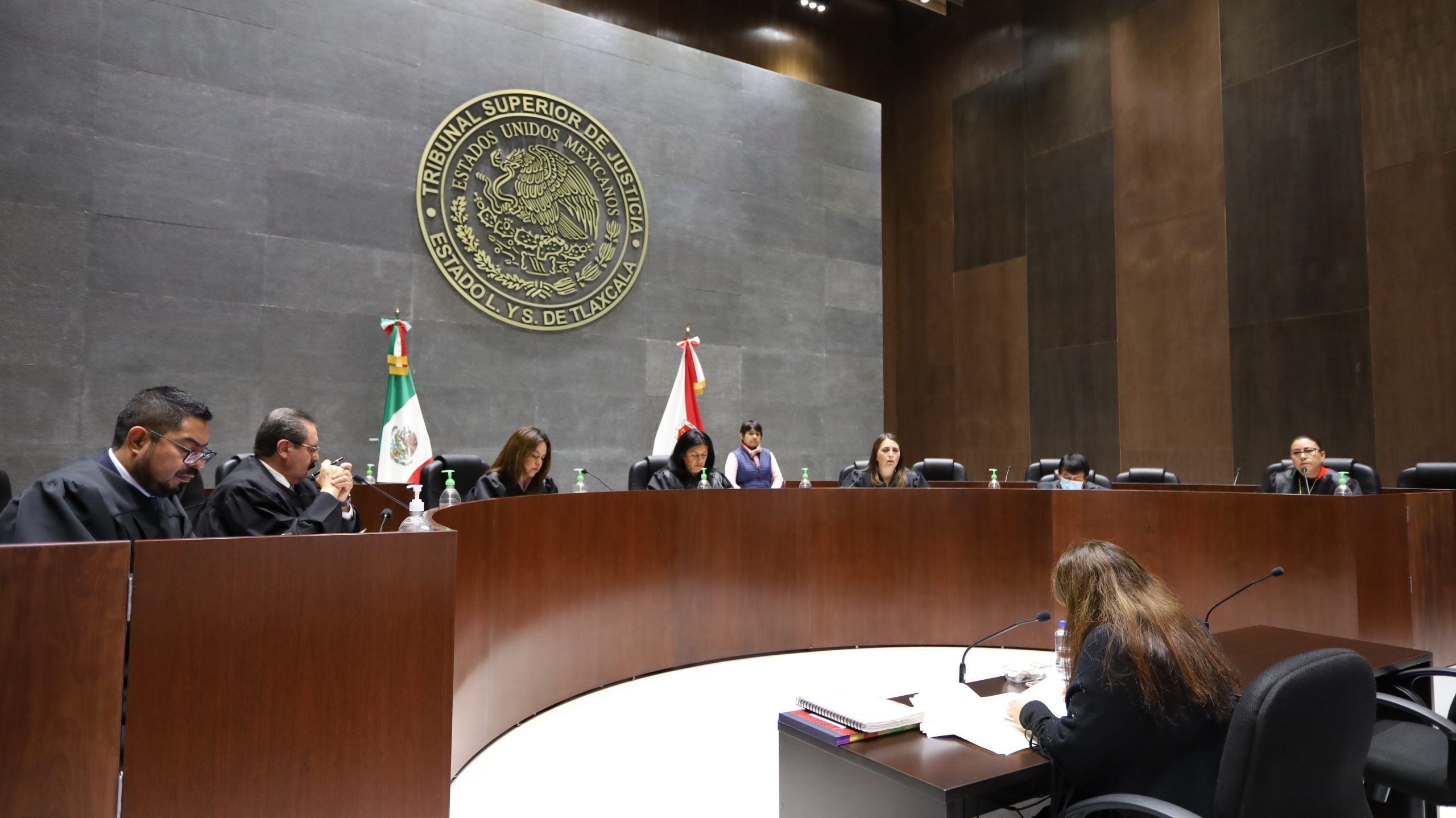
2. **Judicial Authority and Legal Argument: Judge Moorer’s Order and ADA Considerations**: A court transcript reveals that Judge Moorer acknowledged Dewey as Allfrey’s wife’s service animal, explicitly stating that it was not Allfrey’s service animal. The judge then instructed that “to make arrangements for whatever needs to be done” to ensure Dewey’s removal from court. This directive immediately prompted a response from an attorney present in the courtroom.
The attorney argued against the removal, stating, “As a service dog in training, a trainer has the right to take him into this facility under the Americans with Disabilities Act.” This statement directly invoked federal law, suggesting that the Americans with Disabilities Act (ADA) provides specific protections for service animals, including those in training, and their trainers in public accommodations.
Judge Moorer’s response, “It is my courtroom,” clearly asserted his judicial authority over the proceedings and the physical space. This statement underscored a judicial prerogative that, in this instance, appeared to supersede the attorney’s interpretation of ADA provisions regarding service animal access. The exchange highlighted a direct clash between judicial control and federal disability law.

3. **Immediate Impact and Future Implications for Testimony**: Kris Allfrey recalled the moment the order was issued, expressing his dismay. He stated, “All of a sudden he’s telling me I have to take the dog out even though the dog is assisting me in giving clear and concise testimony and not getting worked up.” Allfrey’s testimony indicated that Dewey’s presence was actively beneficial in maintaining his composure and clarity during the legal proceedings, directly contributing to his ability to provide effective testimony.
Despite the judge’s clear instruction for removal, Judge Moorer did allow Allfrey to complete that day’s testimony with Dewey present to avoid delaying proceedings. However, the judge stipulated that if the trial were to continue, Allfrey would “need to find someone else to tend to the dog.” This conditional allowance provided a temporary resolution but indicated a firm stance on Dewey’s future presence.
Allfrey has since expressed a desire for a different judge to preside over the case, indicating the significant impact of this incident on his trust and comfort within the judicial process. News 5’s inquiries to Judge Moorer’s office were directed to the court clerk, who stated they could not offer a legal opinion on the matter, leaving the specific legal rationale for the judge’s decision unelaborated.
4. **A Contrasting Presence: Judge Glanville and Jack in the Atlanta Courthouse**: In stark contrast to the Mobile incident, a service dog named Jack has become a familiar and beloved fixture in a bustling courthouse in Atlanta, Georgia. Jack works alongside Fulton County’s Chief Judge, Judge Glanville, illustrating a successful integration of a service animal into a demanding legal environment. This mild-mannered pup is not merely tolerated but is well-loved, particularly among staff members who greet him each morning and play with him during their breaks.
Jack’s presence is described as a significant comfort to Judge Glanville. The judge affectionately refers to Jack as his “buddy,” emphasizing the deep bond and constant companionship the dog provides throughout his demanding workdays. This consistent presence demonstrates how a service animal can seamlessly become part of a professional setting, offering support that extends beyond the individual owner to the broader work environment.
Jack was obtained in early 2022 from Tails of Hope, a Georgia-based organization dedicated to connecting service animals with veterans, first responders, and individuals with special needs. This background highlights a commitment to providing trained assistance animals, reinforcing the professional nature of Jack’s role. Despite being a rescue dog, Jack quickly adapted to his new responsibilities, both at home and at work, according to the judge.

5. **Jack’s Integration and Community Impact within the Legal Environment**: Jack’s popularity within the courthouse extends beyond casual greetings; his second birthday party, held at an Atlanta dog park in April, drew a crowd of attorneys, courthouse staffers, and even other judges. Many attendees brought their own dogs, underscoring the strong community bond Jack has fostered. This event is a testament to the positive atmosphere and camaraderie that Jack’s presence helps to cultivate within the judicial system.
Kristina Weaver, Judge Glanville’s court reporter for over five years, planned Jack’s birthday party and keeps her desk stocked with treats to win his affection. She notes that some employees even greet Jack before the judge, illustrating his endearing status. This widespread acceptance and affection demonstrate how a well-integrated service animal can significantly improve workplace morale and create a more approachable environment.
The routine interactions and the festive celebration underscore that Jack is not simply a service animal but a valued member of the courthouse family. This contrasts sharply with situations where service animals are viewed as a disruption or an anomaly, highlighting the potential for positive integration when conditions are supportive.

6. **Judge Glanville’s Distinguished Career and Perspective on Service Animals**: Judge Glanville’s extensive background provides a unique perspective on the value of service animals. He joined the ROTC while at Brevard College in North Carolina and later enlisted to help finance his education. He transferred to the University of Georgia, where he completed his undergraduate studies in history and earned his law degree in 1987.
Beyond his civilian roles as a prosecutor, defense attorney, and ultimately a judge, Glanville served for more than three decades in the Army Reserves. He achieved the rank of Brigadier General and served as chief judge of the U.S. Army Court of Criminal Appeals. His deployment to Kabul, Afghanistan, from 2012 to 2013, where he served as a Rule of Law field force commander, further illustrates his deep commitment to justice and public service.
Glanville retired from the military in 2019, at which time he served as commanding general over the United States Army Reserve Legal Command. His remark, “I’ve had just about every job that any military attorney could have,” reflects a career marked by diverse and significant legal contributions, including his current role heading Fulton County’s Veterans Court. This profound experience likely informs his understanding and appreciation of service animals and their critical support roles.

7. **Jack’s Unique Characteristics and Contribution to Courtroom Atmosphere**: Jack’s behavior in the courtroom is so exemplary that people often do not realize he is present. His quiet demeanor allows him to blend seamlessly into the solemn environment of legal proceedings. This discreet presence ensures that he does not disrupt the important work of the court, while still providing constant, calming support to Judge Glanville.
However, Jack does have a charming habit of helping himself to unattended snacks in chambers, a practice affectionately referred to as “counter-surfing” by Glanville’s court reporter. His bell, attached to his collar, jingles when he stretches, stands up, or indulges in a nibble, providing a subtle auditory cue of his movements. This small detail adds a touch of lightheartedness to the otherwise serious judicial setting.
Jack has learned the rhythms of the courtroom, remaining still for hours. When Judge Glanville announces a brief recess for prosecutors and defense attorneys, Jack recognizes this as his signal to stand up and stretch. This responsiveness demonstrates his adaptability and understanding of the court’s routine. At home, Jack is equally affectionate, getting visibly excited each morning when his service vest is put on because “he knows he’s going to work.” This consistent enthusiasm reflects his dedication and enjoyment of his role, highlighting the unique bond he shares with the judge and the positive impact he has on his daily life.
The preceding discussion has illuminated the complexities and benefits of traditional service animals within judicial settings, showcasing both challenges and successful integrations. However, the scope of animal-assisted support in legal and educational environments extends beyond what are typically defined as service animals. This next section explores the integral role of facility dogs, a distinct category of assistance animals, focusing on their therapeutic impact, particularly for vulnerable individuals, and their expanding presence in educational environments. These highly trained companions offer a unique form of emotional and psychological support, fundamentally altering how individuals navigate stressful public spaces.
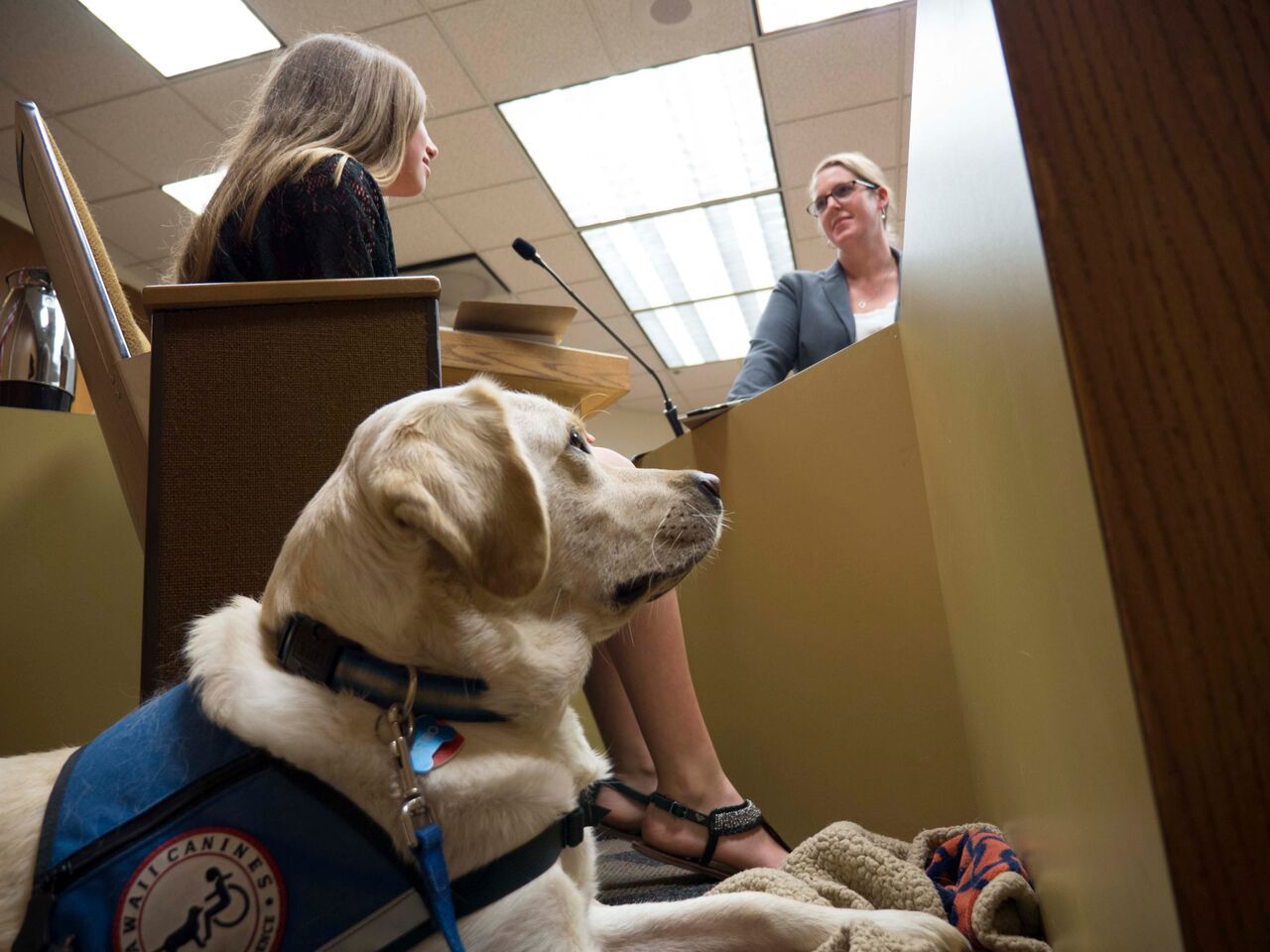
8. **The Integral Role of Facility Dogs: Introducing Charlie in Elmore County**: Beyond the established roles of service animals, facility dogs are emerging as crucial components in supportive environments, particularly within the justice system. Charlie, a prominent example, works alongside Judge Pinkston, the presiding Juvenile Judge in Elmore County, and has become an essential part of her courtroom team. His placement was made possible through dedicated funding from the Elmore County Community Foundation, the Daniel Foundation of Alabama, and International Paper, underscoring a collaborative community effort.
Charlie lives with Judge Pinkston, ensuring his constant availability both in her chambers and directly within the courtroom. His duties extend further, as he is also accessible to the Elmore County Department of Human Resources. In this capacity, Charlie provides vital support during forensic interviews and various trauma interventions, demonstrating his broad utility in emotionally sensitive scenarios.
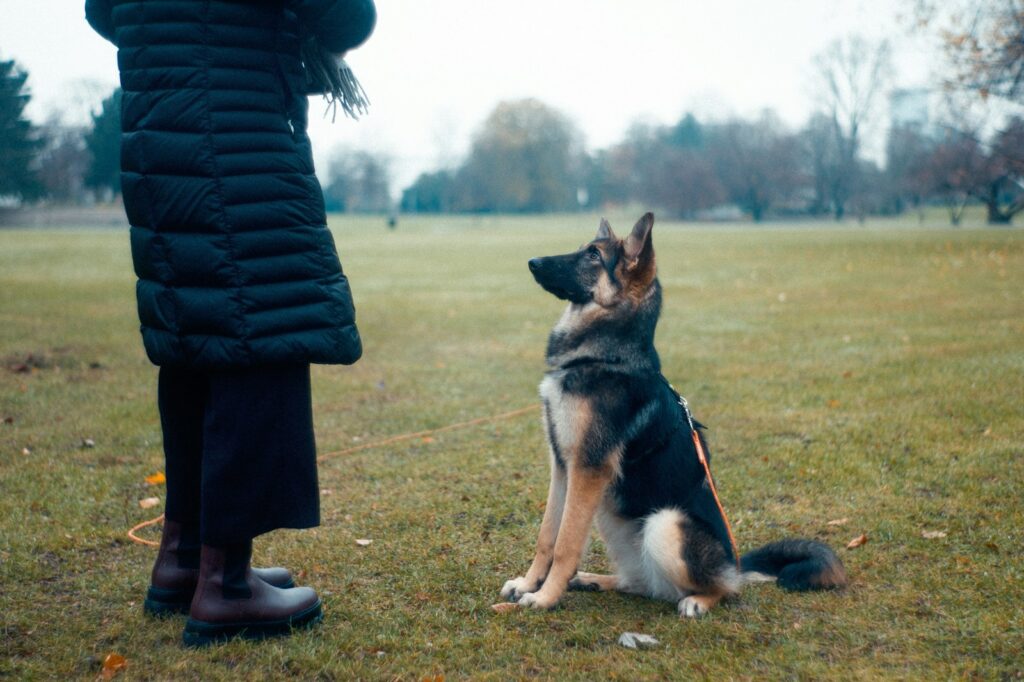
9. **Charlie’s Therapeutic Impact on Trauma Victims**: Charlie’s training is specifically geared towards minimizing the emotional impact of trauma on individuals. He instinctively seeks out those in distress, offering quiet, physical support precisely when it is needed most. This innate ability allows him to provide immediate, tangible comfort to individuals navigating difficult legal proceedings.
His comforting presence is manifested through simple yet profound actions, such as resting his head in someone’s lap or gently leaning his body against them. These subtle physical supports help to ease the immense emotional burden on those facing the court system. Judge Pinkston articulates a clear vision for Charlie’s contribution, stating, “I envision Charlie making a huge difference in the lives of the children who come through my courtroom, as well as in the lives of my staff who work with trauma victims.”
Charlie’s presence not only helps children relax during intimidating court appearances but also provides crucial comfort to staff members. These professionals frequently deal with the emotional toll of secondary trauma, making Charlie’s calming influence invaluable. To further alleviate anxieties and encourage children to feel more comfortable returning to court, Judge Pinkston even takes Polaroid photos of them with Charlie to take home, fostering a positive association and anticipation for future visits.
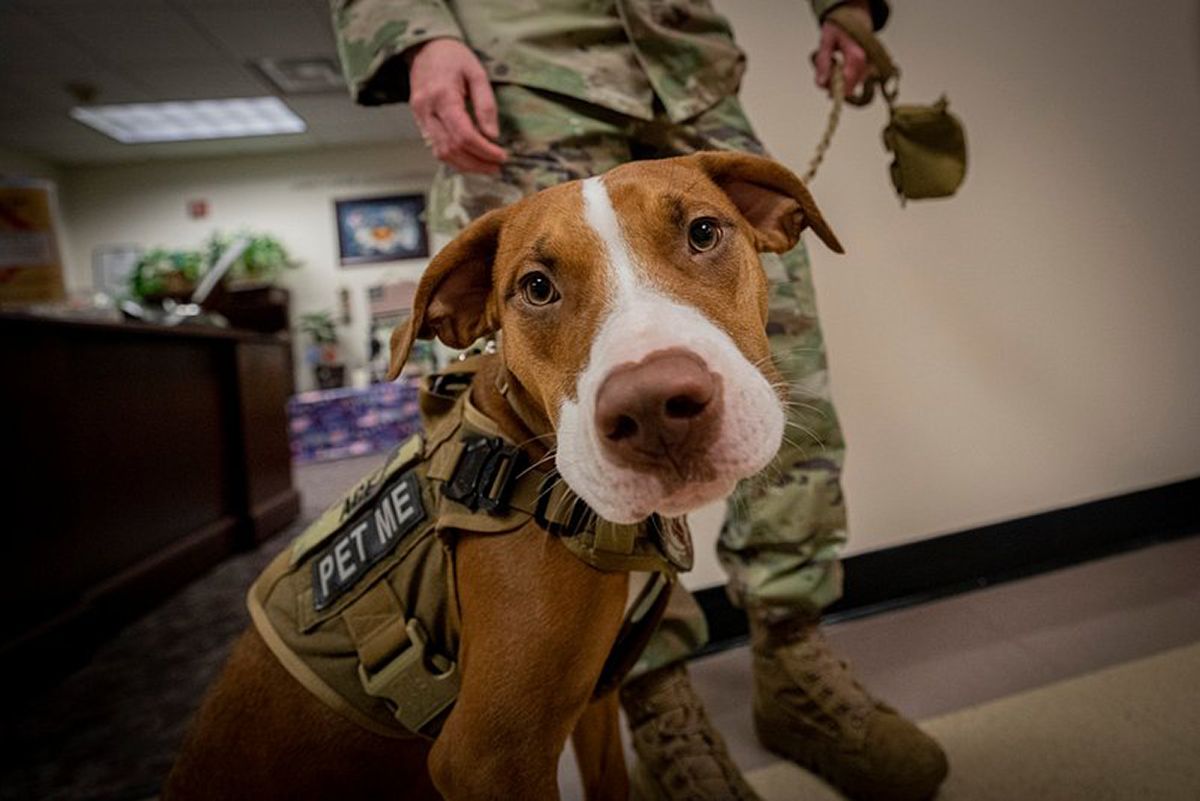
10. **Expanding Support: Facility Dogs in Educational Settings**: While Charlie demonstrates the powerful impact facility dogs can have within the courtroom, their transformative support also extends significantly into educational environments. These specialized dogs provide essential emotional stability for students, especially those grappling with emotional or behavioral challenges, autism, or the lingering effects of trauma. Their consistent presence helps create a more supportive and responsive learning atmosphere.
Facility dogs in schools are trained to identify signs of stress in a child and respond by offering physical comfort, mirroring Charlie’s calming presence in the courtroom. This ability to sense and address student distress proactively is a hallmark of their specialized training. By providing direct, non-judgmental support, they become silent allies in fostering a healthier educational experience.

11. **Fostering Emotional Stability and Social Skill Development in Schools**: By sitting calmly alongside a student in distress or offering quiet reassurance, facility dogs in schools play a critical role in cultivating an environment where children feel genuinely safe and supported. This non-verbal communication and steady presence can often break through barriers that traditional methods might struggle to overcome. The dogs act as a grounding force, helping to de-escalate emotional situations.
In school settings, the unique bond formed with these dogs can encourage students to open up and engage more readily. This interaction can significantly aid in the development of crucial social skills and provide effective strategies for managing emotions, which might otherwise be challenging through conventional means. Their presence fosters a profound sense of calm, thereby encouraging positive emotional growth both within the classroom and throughout the wider school community.
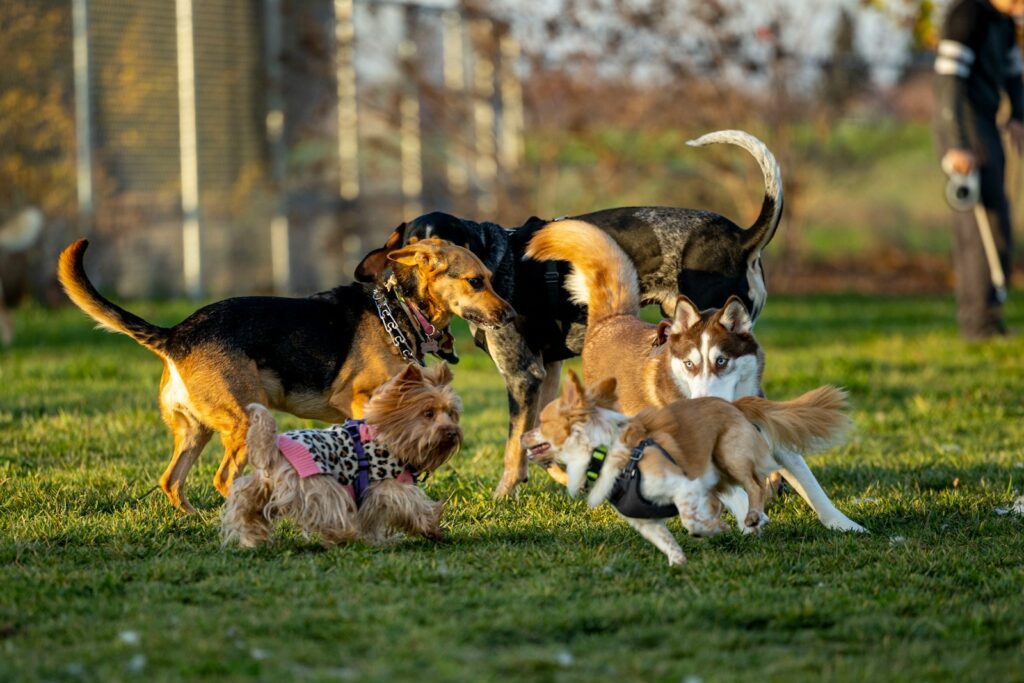
12. **The Next Generation: Graduation of New Facility Dogs**: The ongoing commitment to integrating facility dogs into supportive roles is evident in the continuous training and deployment of new animals. This week marks a significant milestone as three more incredible facility dogs—Fern, Fancy Pants, and Isaac—are set to officially begin their new journeys. Their graduation ceremony, scheduled for Friday, October 18, will celebrate the culmination of their rigorous training.
This ceremony represents their readiness to embark on their roles, poised to offer the same life-changing support and comfort that dogs like Charlie provide in their respective environments. The event underscores the dedication and precision involved in preparing these animals for their specialized tasks. Each dog has undergone extensive training to ensure they can meet the diverse needs of the communities they will serve.

13. **Readiness and Immediate Impact of Graduating Dogs**: While the individual journey of each newly graduated facility dog is just commencing, their potential for immediate positive impact is substantial. As Fern, Fancy Pants, and Isaac step into their new roles within schools, they are prepared to provide crucial emotional and psychological assistance from day one. Their presence is expected to be felt promptly, integrating into the daily routines of their assigned educational communities.
These dogs are specifically trained to provide comfort, stability, and vital emotional support to students who are in need, whether due to everyday stresses or more significant challenges. Their readiness implies not just a completion of training but a preparedness to actively engage and contribute to the well-being of the students they will serve. They represent a proactive approach to mental and emotional health support in schools.
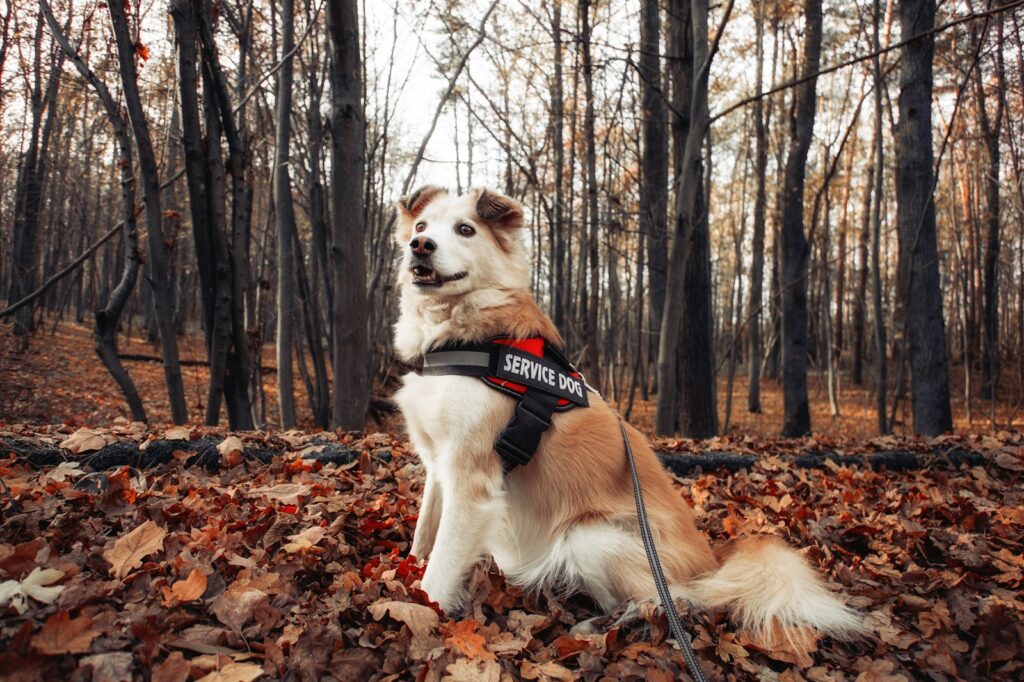
14. **Invaluable Contributions to School Communities**: Similar to the profound effect Charlie has had in his judicial setting, these new facility dogs, Fern, Fancy Pants, and Isaac, are poised to become invaluable members of their respective school communities. Their role extends beyond simple companionship; they are instrumental in creating environments conducive to learning and emotional well-being.
They will actively assist students in navigating challenges, fostering resilience in the face of adversity, and finding crucial comfort during times of stress. The integration of these facility dogs reflects a growing understanding of the powerful, positive influence animals can have on human emotional health and development, marking a significant advancement in supportive community programs.
The increasing presence of both service and facility animals across varied public sectors, from the solemnity of courtrooms to the dynamic environment of schools, underscores a broadening societal recognition of their profound value. These animals are not merely companions; they are highly trained professionals, offering critical support that enhances accessibility, mitigates trauma, and fosters emotional resilience for countless individuals. As their roles continue to evolve and expand, their quiet contributions will undoubtedly shape more compassionate and inclusive communities for all.

